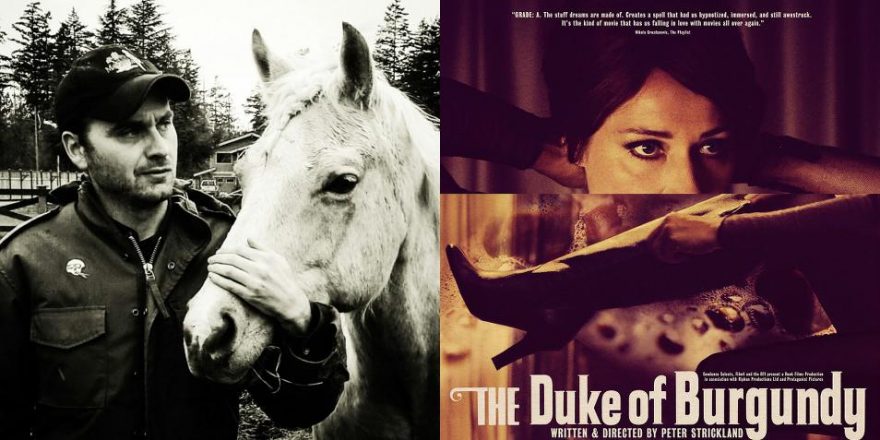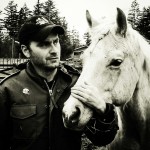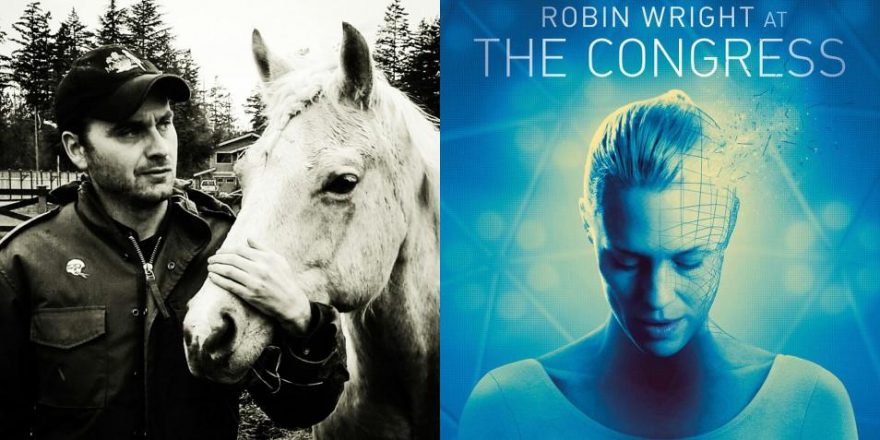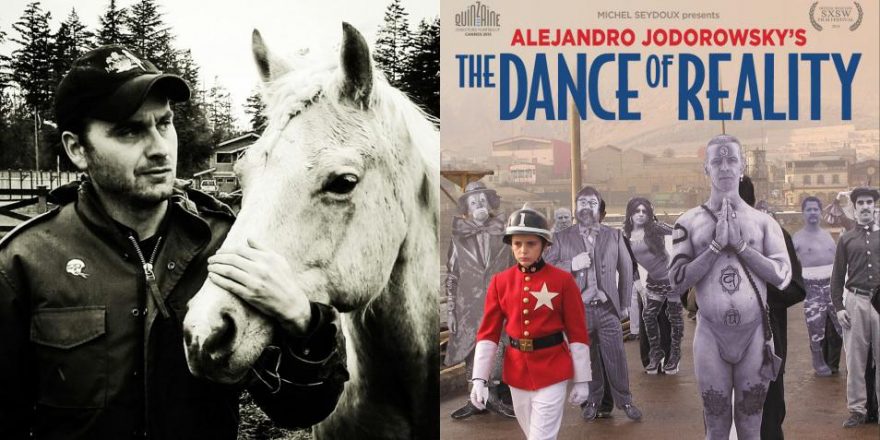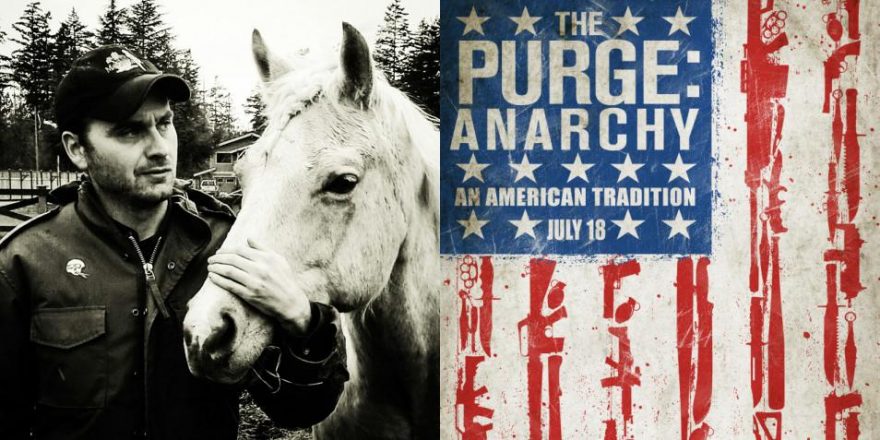Man, what a treat. I didn’t know anything about The Duke of Burgundy except that it was directed by Peter Strickland, who really got my attention with his previous film, Berberian Sound Studio. Strickland’s work is special, there’s nobody out there that I’m aware of who’s making movies like this. He’s got an unbelievably careful hand and total command over his world. And his world is often strange to me; there’s not much familiar territory in there at all. That’s exactly why I’m hooked. His films take me places and show me people I have never known. I think that’s why they started making movies in the first place, to explore foreign worlds.
The Duke of Burgundy is centered around the relationship between two women, Cynthia (Sidse Babett Knudsen) and Evelyn (Chiara D’Anna). Cynthia is older and appears to be pretty dominant. Evelyn does exactly what Cynthia says and absorbs a lot of abuse. They’re lovers and they study insects together. They live in some kind of castle or big house in a remote village. It’s never defined what year or what country they’re in, and it doesn’t really matter. These women have a strange routine: Evelyn does all the chores while Cynthia studies crickets and bitches at her. The abuse is a type of domination and we learn it’s key to their relationship. They both seem to spend a lot of time at a nearby institution which mainly engages in the study of regional insects, larvae, moths and butterflies. What exactly are these women up to?
Cynthia and Evelyn know each other very well and alternate between nurturing each other and preying on each other’s insecurities. We don’t know if they’re psychologically wounded or if they’re just outsiders who found each other and agreed to be unhealthy together. One of them is definitely in it for selfish reasons, and the other seems to be hanging on for fear of loneliness. They’re both quite aware of one another’s position; it’s like an emotional wrestling match. One’s in the half-nelson, the other in an arm bar. It’s a fight for leverage, but what’s the prize? Their relationship feels cold and experimental when we first meet them. But they have more conventional needs than this arrangement can provide. It’s torturous and leads to some great nightmare sequences, and some fantastic filmmaking and editing.
The details are important here and if I revealed too much I’d ruin the movie and feel bad. What I can say is that The Duke of Burgundy really explores the roles in a given relationship. Power shifts, manipulation and strange acts of “love.” I think in some ways it poses the question, “Do relationships ever really change in a permanent way?” I think everyone who’s ever been in a long-term relationship has asked themselves that question once or twice. Are relationships just a cyclical waltz to the same song from here to oblivion? For the sake of this film, the larvae-to-moth cycle seems to provide a compelling metaphor for that idea.
This is an all-female cast and the performances are lights out. Sidse Babett Knudsen is really, really good; she plays an incredible range but never goes overboard, and it’s amazing to watch the character of Cynthia unfold. Chiara D’Anna as Evelyn is also fantastic. Evelyn’s a little emotionally underdeveloped and manipulative. She’s spoiled and is a kind of person I can’t stand in real life, but D’Anna’s job isn’t to make you like Evelyn, so I gotta hand it to her. I was a little surprised to learn D’Anna’s only film credits are this and Berbarian Sound Studio; she must be picky and I don’t blame her. I also have to take a moment to acknowledge Fatma Mohamed’s performance. She plays a mysterious woman known as The Carpenter who specializes in custom-made erotic furniture and something called “The Human Toilet.” Fatma really steals the few scenes she’s in and it feels like this is by design. Strickland is deliberate that way.
I was really taken by the work of cinematographer Nicholas D. Knowland and production designer Pater Sparrow; their collaboration with Strickland really gives the film its distinct tone. The Duke of Burgundy has a very ’70s-British feel (Don’t Look Now and The Wicker Man come to mind), but this movie is absolutely its own thing and the atmosphere is new and fresh to me. The indie duo Cat’s Eyes did a great job with the music; it isn’t a dialogue-heavy film, so they had a lot of space to work with and took full advantage. So, right on to everybody involved. I’d like to see (and hear) more from them all.
I guess I’d describe The Duke of Burgundy as daringly undefinable. It’s a relationship story, but not one I’ve ever lived through. It’s got pieces of eroticism, drama and horror, but doesn’t fit squarely in any category. It’s cool when a secret world like this is brought to the screen. We don’t see it enough.
There’s been a lot of discussion over the last few years about the need for more female-driven stories. If that’s what you’re looking for, you gotta see this. And if you have the chance to see it in the theater, then do so! It looks and sounds incredible. This is what indie film should be known for, an alternative point of view, not just a repeat of whatever was successful last year. Some months ago I was in Poland at the Off Plus Camera Film Festival, and audience members there asked me if I thought indie film had become a genre.
It took me a moment to understand the question but I realized it was their way of pointing out that we keep seeing the same old rehash of life-affirming journeys set to indie folk music with some bankable actor telling us stuff about happiness. I don’t know why it all took such a turn in that direction. Anyway, The Duke of Burgundy doesn’t do anything like that. So get in there and enjoy it — this kind of film doesn’t come around every year.



